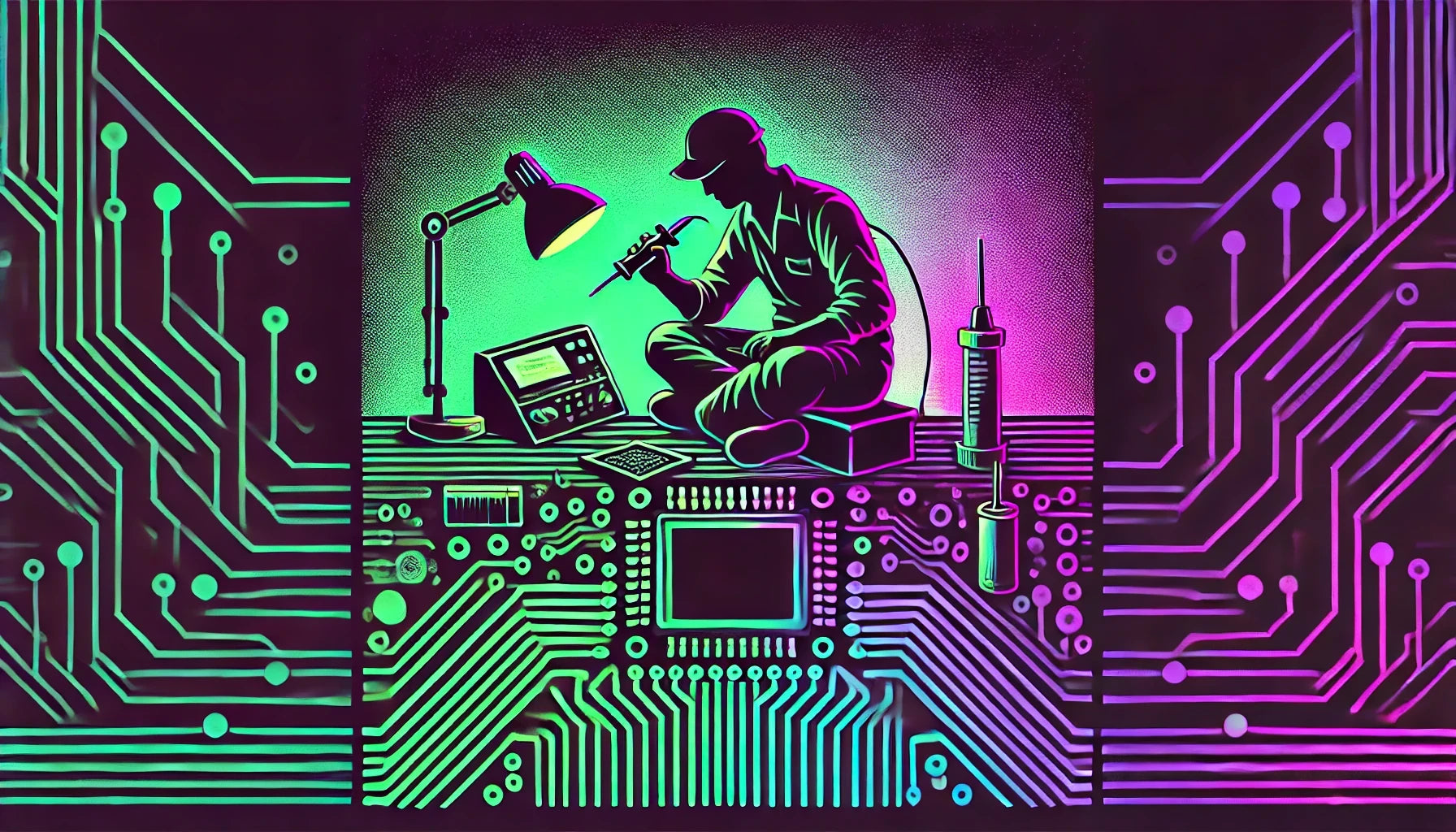Causes of "Bad state: cannot get a field on a disposed resource" in Flutter
- Disposed Widgets: This error typically occurs when you try to access a field or perform an operation on a widget that has already been disposed of. For instance, if you have a widget tree where a `StatefulWidget` calls `setState` after it has been disposed, it can trigger this error.
- Async Operations: In scenarios where asynchronous operations continue to execute after the widget has been disposed, you may encounter this error. For example, a `Future` or `Stream` that updates the UI might still execute its code, trying to access the widget's state post-disposal.
- Timers Continuing to Run: Using `Timer` instances that continue running even after the widget is disposed can also be a cause. If the timer tries to update the widget's state that no longer exists, it can lead to this error.
- Bad State Management: Poorly managed state, particularly with packages like `provider` or `Bloc`, might result in attempting operations on disposed resources. If the lifecycle of controllers or other disposable objects isn’t correctly managed, it can lead to this issue.
- Listener or Callback Operations: Registering listeners or callbacks that don't get properly disposed of when the widget tree is no longer active can provoke this error. This can often occur when developers forget to remove listeners in `dispose()`.
Code Example: Common Scenarios Leading to the Error
class MyWidget extends StatefulWidget {
@override
_MyWidgetState createState() => _MyWidgetState();
}
class _MyWidgetState extends State<MyWidget> {
Timer? _timer;
@override
void initState() {
super.initState();
_timer = Timer(Duration(seconds: 1), () {
setState(() {
// Perform some state change
});
});
}
@override
void dispose() {
_timer?.cancel();
super.dispose();
}
}
- In this **example**, imagine that an asynchronous operation like the `Timer` tries to execute `setState` after the widget is disposed but hasn’t been properly managed, this could cause the **error**.
Conclusion
- Awareness of lifecycle management is crucial. Understanding how your widgets interact with asynchronous operations, timers, and external resources is key to preventing such errors.

























